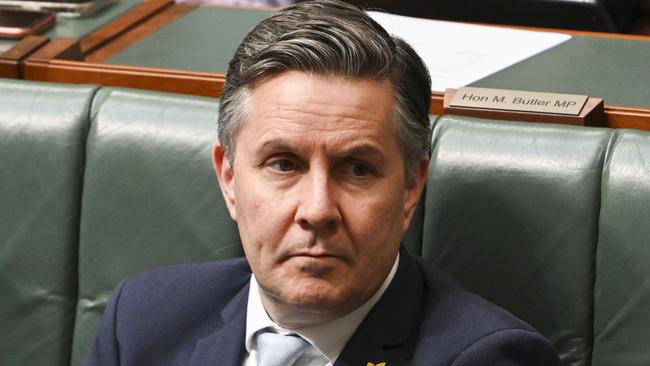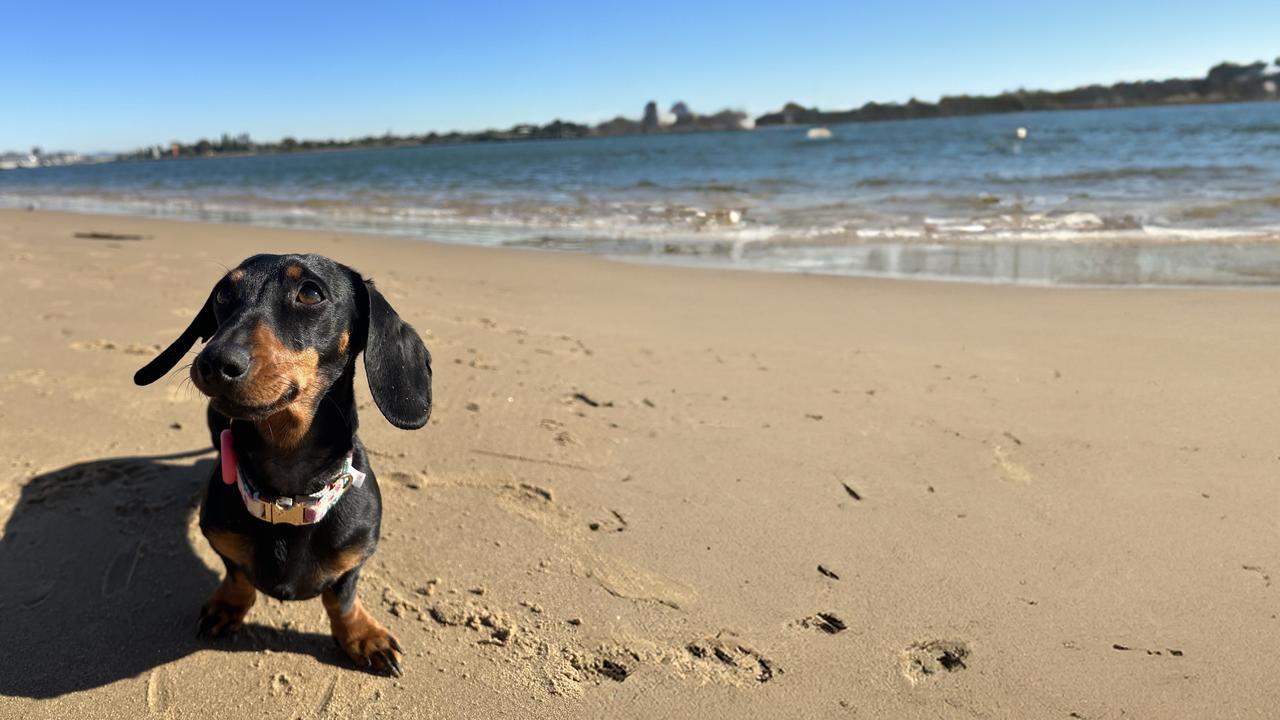Suicide prevention strategy targets social and economic drivers of distress
Australia’s suicide rate has been stuck at unacceptably high levels for decades, with more than 3000 people dying by suicide each year. A proposed new strategy will look to address the social and economic drivers of distress as well as improve individual mental health.

Australia’s suicide prevention strategy will adopt a multi-pronged approach by directly supporting people experiencing suicidal thoughts and behaviours and also addressing the social and economic drivers of distress.
The Albanese government released the long-awaited draft strategy on Tuesday, calling for public input over the next six weeks as it looks to stem the “unacceptably high” suicide rate in Australia, which sees nine people a day dying by suicide.
The strategy, in development since late 2022, sets out a framework reaching into many other policy areas, including housing and homelessness, unemployment, family and domestic violence, and financial insecurity.
“While effective mental health care must remain a cornerstone of suicide prevention, particularly given the strong links between mental illness and suicide, there is also a clear need for efforts to be broadened to encompass contributory socio-economic factors,” the draft prepared by the National Suicide Prevention Office says.
The document says more than 3,000 people are dying by suicide each year.

“Suicide remains the leading cause of death for people aged 15-44, and the second leading cause of years of life lost,” it says.
“But suicide deaths are only the tip of the iceberg. In 2020–2022, one in six people aged 16-85 in Australia (around 3.3 million people) had experienced suicidal thoughts or behaviour at some point in their lives. Further, more than 1.7 million people aged 16-85 had self-harmed in their lifetime.
“Beyond the human impacts, the economic cost of suicide and suicide attempts is estimated to be $30.5 billion each year,” the draft strategy says.
Health Minister Mark Butler said that “despite increased expenditure and more awareness about mental health (the number of suicides) had not significantly decreased in decades.

“A national strategy, developed by experts and informed by the lived experience of people touched by suicide, will help us make inroads and reduce the profound impact suicide has on families and communities,” Mr Butler said.
But sector advocate Suicide Prevention Australia chief executive Nieves Murray said the fact the NSPO had put the document out as an “Advice on the National Suicide Prevention Strategy Consultation draft” showed a lack of urgency by the government.
“We appear to still be at the starting blocks,” Ms Murray said.
“We support what is included in the Advice on the National Strategy released today and commend the focus on a whole-of-government approach to suicide prevention.
“However we are concerned about the decision to deliver the document as Advice instead of as a Strategy that was promised to the sector and wider community,” she said.
The draft strategy, due for release earlier this year, calls for suicide prevention to be considered across policy areas including improving education outcomes and access to work to improve economic resilience. Reducing child abuse rates is another proposed recommended action.
“Experiences of childhood abuse and neglect, alcohol and drug-related harm, and intimate partner violence (against females) were associated with almost half (48 per cent) of suicide deaths and self-inflicted injuries in 2019,” it says.
“Similarly, economic uncertainty, social exclusion and loneliness, chronic pain, and family separation or bereavement were associated with increased suicide risk.”
If you need someone to talk to, call:
Lifeline on 13 11 14
Suicide Call Back Service on 1300 659 467
Beyond Blue on 1300 22 46 36






